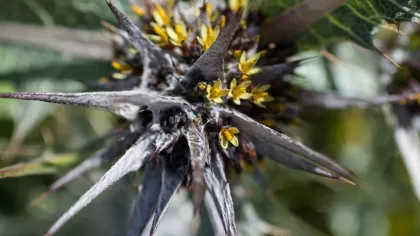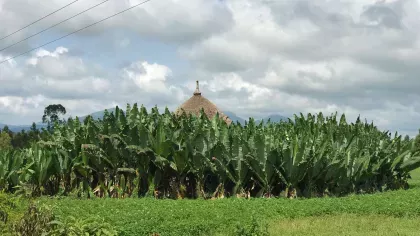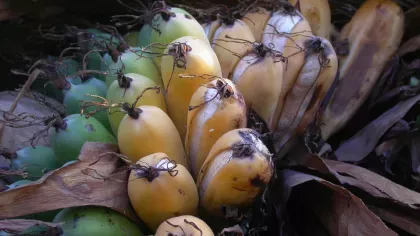14 October 2019
Maize’s missing cousins: Shedding light on photosynthesis
How did photosynthesis become so efficient in maize and its relatives? Three inconspicuous grasses from Kew’s Herbarium provide us with information.

Science is full of unexpected discoveries. I didn’t think that an odd grass from India would help us understand how photosynthesis evolved in one of the world’s most important group of plants.
Photosynthesis 2.0
Photosynthesis turns carbon dioxide into sugars.
This process has been used by plants ever since their origin, but 30 million years ago conditions began to change.
The concentration of atmospheric carbon dioxide became much lower than in previous periods, the climate got drier and grasslands replaced forests in many parts of the world.
In response, some plants developed a version of photosynthesis that is more efficient in warm and open habitats: C4 photosynthesis.
Many of these switches to C4 occurred in the grass family (Poaceae), in which almost half of all species are today C4.
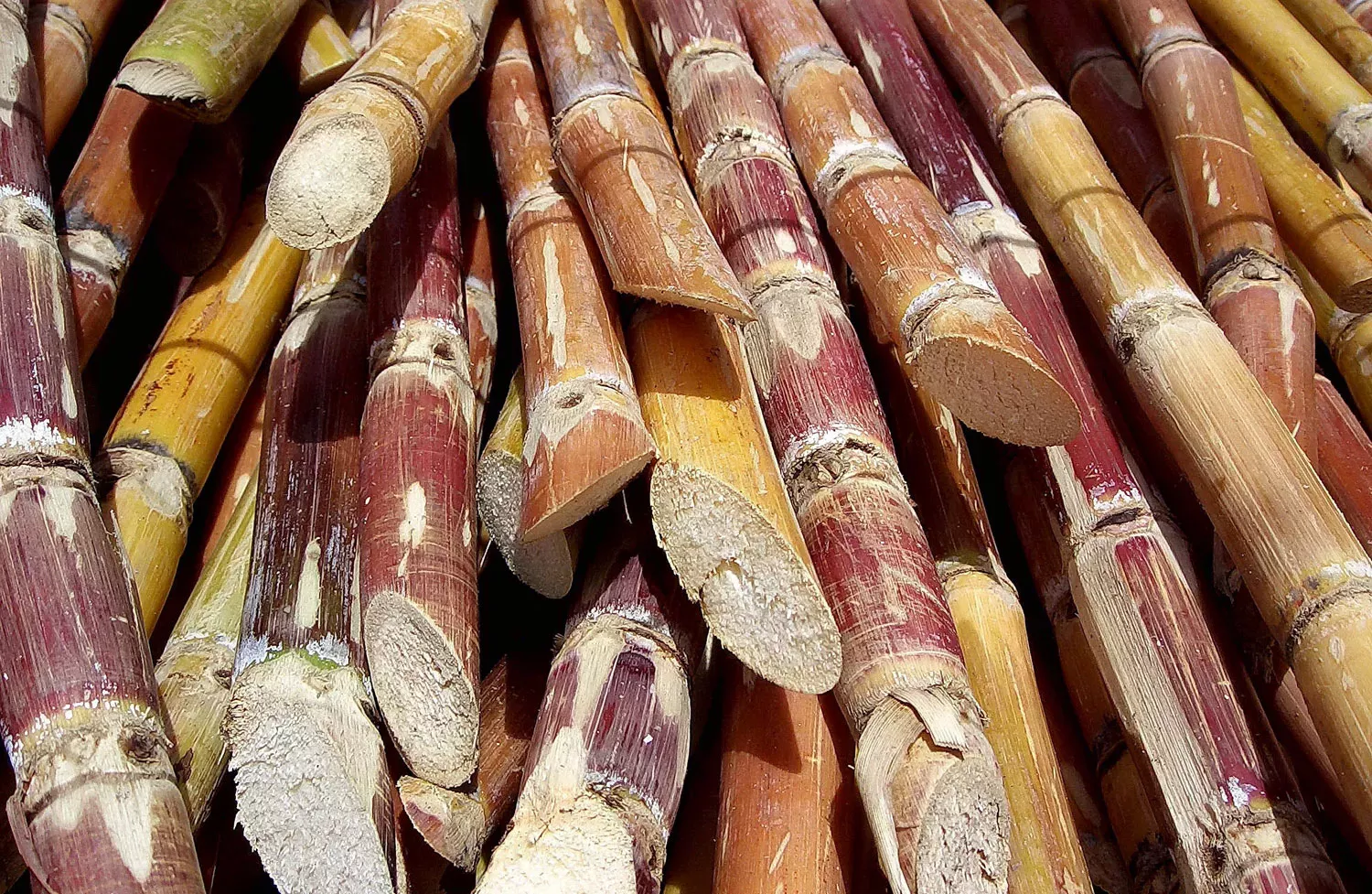
The maize tribe
Maize, sugarcane and sorghum are among the world’s most important crops. They are all C4 and are very productive in warm climates.
They belong to one group of grasses, known as the tribe Andropogoneae, which evolved from a single ancestor but now counts over 1,200 species.
As well as us humans, these grasses also feed antelopes, buffalo, rhinos and other grazers in ecosystems such as the Serengeti or the North American tallgrass prairie.
To understand how C4 photosynthesis evolved, researchers have compared C4 plants like maize to non-C4 plants like rice.
But each C4 origin is different, and maize and rice are only distantly related.
It’s a bit like comparing apples to strawberries to understand why apples differ from pears.
We need to compare close relatives to pinpoint how adaptation happened. Unfortunately, no close non-C4 relative of the “maize tribe” Andropogoneae was known...until now.

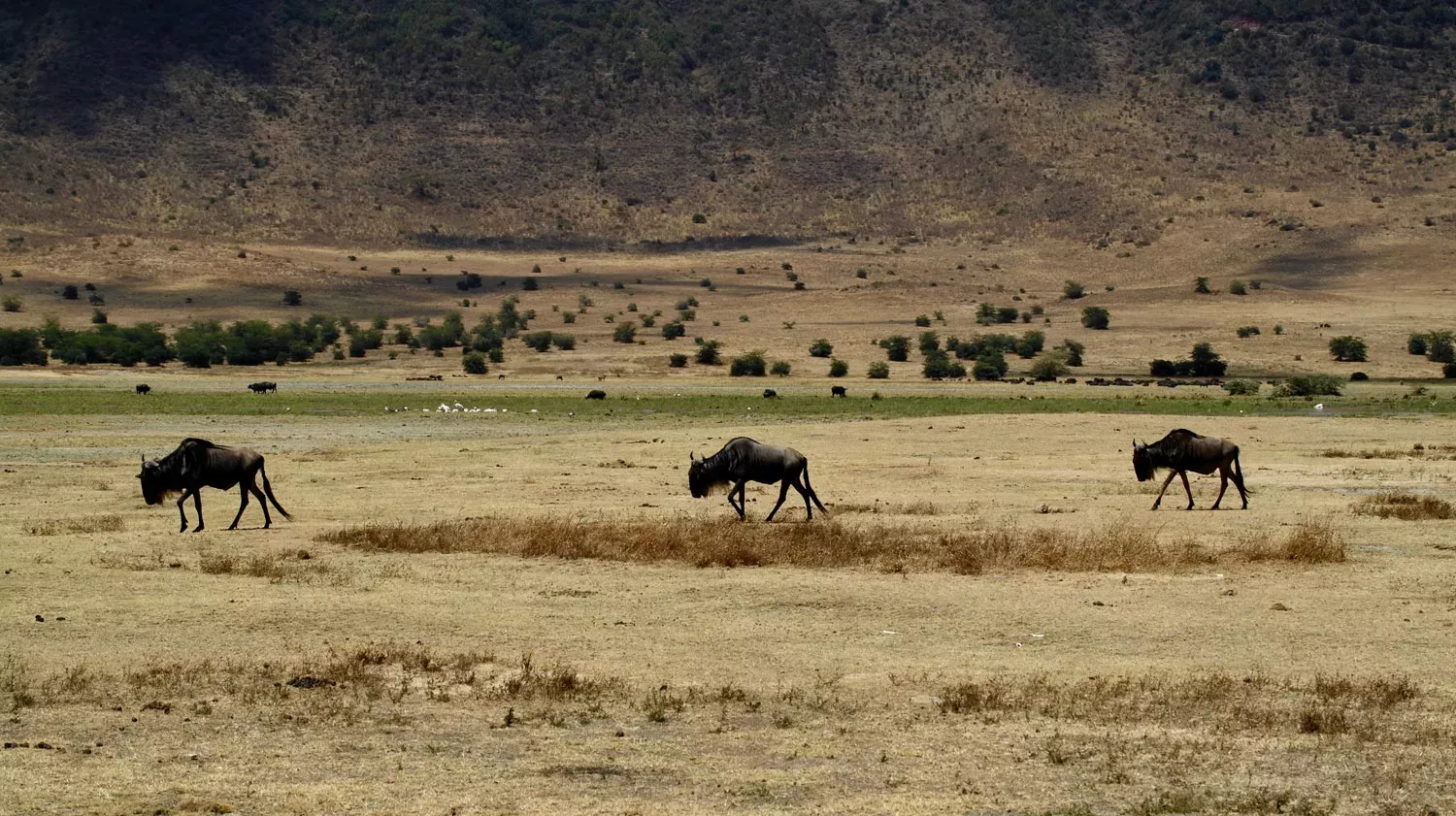
The missing cousins
It turned out that an Indian grass and two further species that I had come across during my PhD could be the non-C4 cousins of the maize tribe.
Not much was known about them and few collections had been made, but Kew’s Herbarium had all three of them.
My PhD advisor Guillaume Besnard (University of Toulouse) and I were curious. We visited Kew, sampled small pieces from the specimens in the Herbarium (with permission, of course) and sequenced their DNA.
The results were clear. The three species are the closest relatives of the maize tribe.
They lack the typical leaf anatomy of a C4 plant, and are so unique that Bat Vorontsova, Kew’s grass specialist, described a new tribe for them, Jansenelleae.
At the University of Sheffield, Matheus Bianconi compared photosynthesis genes between the two groups.
We showed that essential genetic changes in the maize tribe happened right after the split from their relatives, about 21 million years ago, but that the new C4 version had been continuously tweaked in different species later on.
Three inconspicuous grasses thus revealed a fascinating story of adaptation in one of world’s most important group of C4 plants.
Understanding such adaptations is relevant not least for breeding crops that are productive and resilient under climate change.


Collecting and preserving plant diversity to understand life
This work, involving researchers from multiple countries, showcases the importance of Kew’s Herbarium specimens.
Even species not thought of as useful or important can help us understand how features of plant life evolved.
Now as a current research fellow at Kew, I continue to use the Herbarium.
I'm studying how grasses spread across the planet, why there are so many forest grasses in Madagascar, and I help the Plant and Fungal Trees of Life (PAFTOL) team place all grass genera in the plant tree of life.
References
Bianconi, M.E.*, Hackel, J.*, Vorontsova, M.S., Alberti, A., Arthan, W., Burke, S.V., Duvall, M.R., Kellogg, E.A., Lavergne, S., McKain, M.R., Meunier, A., Osborne, C.P., Traiperm, P., Christin, P.-A. & Besnard, G. (2019).
Continued adaptation of C4 photosynthesis after an initial burst of changes in the Andropogoneae grasses.
Systematic Biology, syz066.

